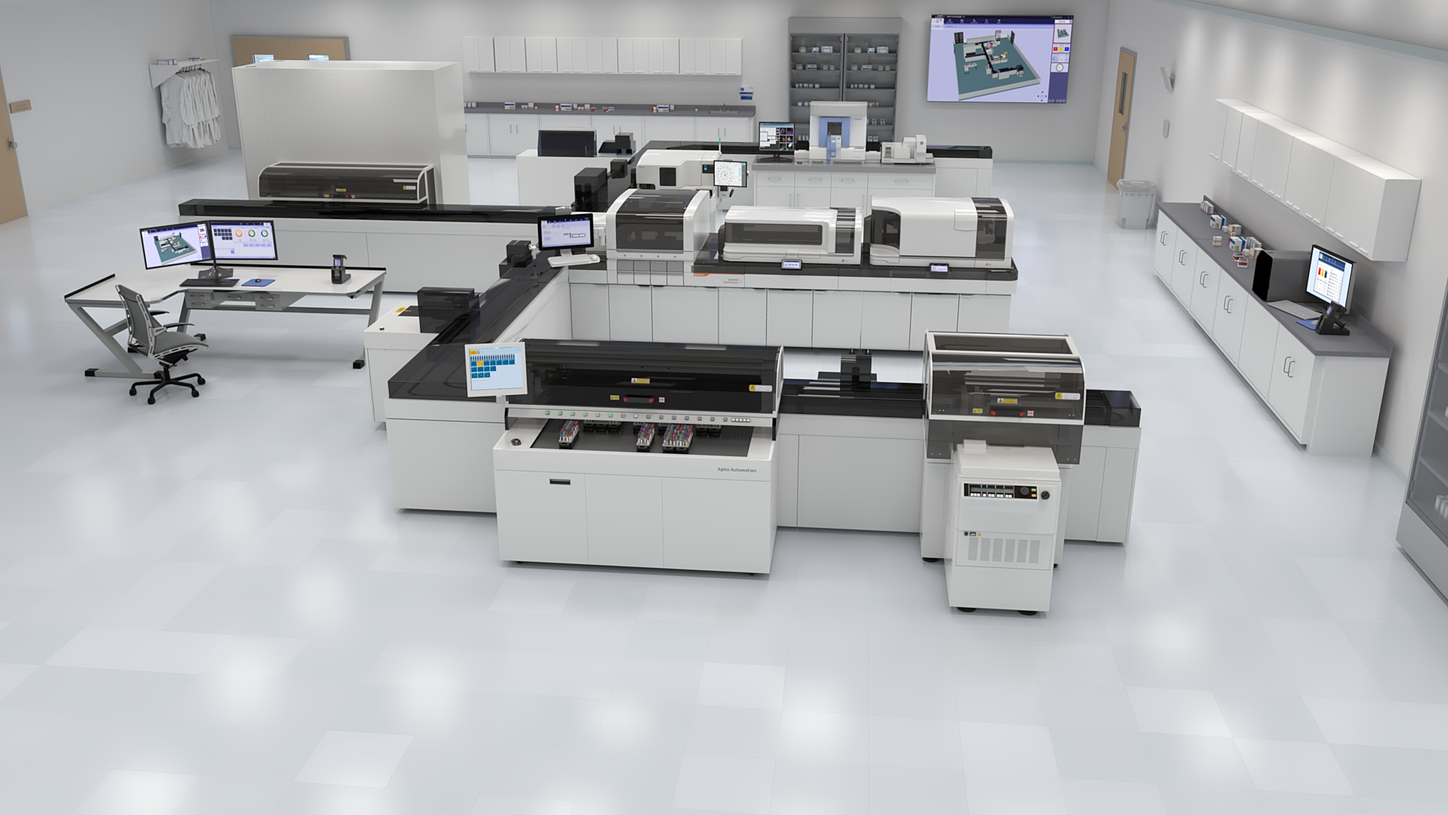Aptio® Automation enables you to improve utilization of lab resources, increase efficiency, accelerate processing, and achieve consistent TAT by combining intelligent technologies with Siemens Healthineers workflow expertise in highly adaptable, multidisciplinary track configurations.
Transforming Healthcare Delivery:
A 120-meter track, 31 instruments and 38 pre- and post-analytical modules. Learn how workflow consulting and project management transformed the largest private laboratory in Scandinavia.
Improving the Patient Experience:
Breakthroughs with Aptio® Automation: Consolidation drives cost-efficient, patient-centric care at NHS Tayside
Enabling our Partners to Achieve Business Goals:
North Memorial Health Care grows outreach business by 12%


